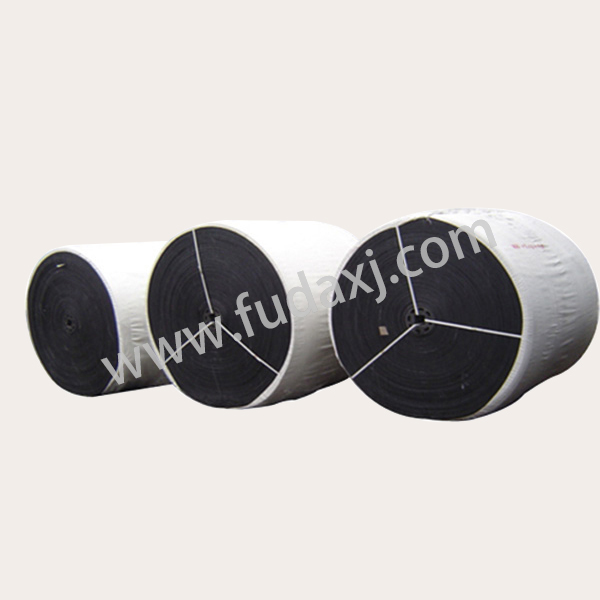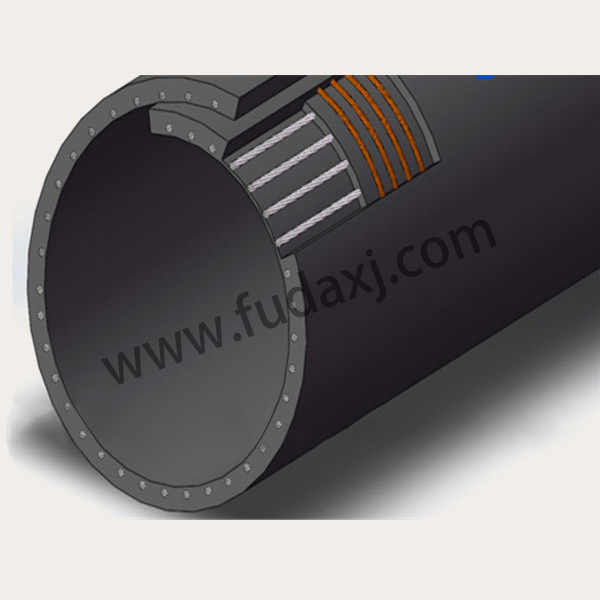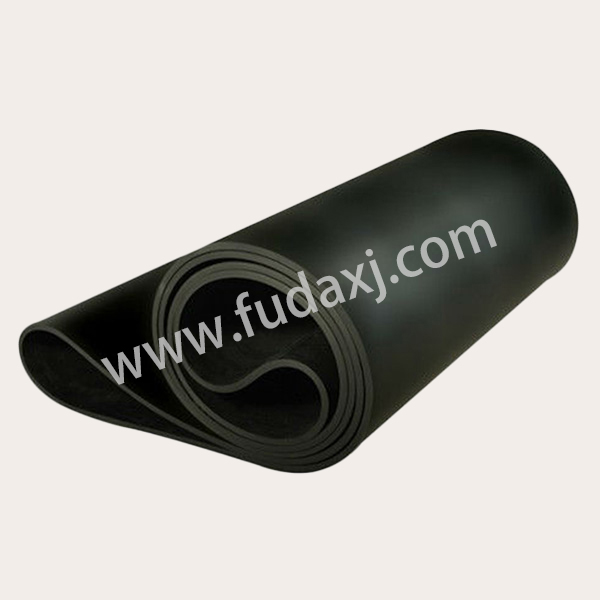
When selecting a cement conveyor belt for cement applications, several factors should be considered to ensure optimal performance and longevity. Here are some key factors to keep in mind:
Material Compatibility: The conveyor belt should be suitable for handling cement and its associated materials, such as aggregates, sand, and additives. It should resist abrasion, impact, and chemical exposure from cement components.
Strength and Durability: Cement applications involve heavy loads and abrasive materials, so the conveyor belt must have sufficient tensile strength and durability to withstand the demanding conditions. Consider the belt's breaking strength, tear resistance, and overall construction.
Belt Width and Length: Evaluate the required belt width and length based on the volume of material to be transported and the layout of the conveyor system. Ensure the belt dimensions align with the capacity and constraints of the cement application.
Belt Speed: Determine the desired conveyor belt speed based on the production requirements, material flow characteristics, and system design. The belt should be capable of operating at the required speed without compromising its integrity.

Temperature Resistance: Cement applications often involve high temperatures due to the cement production process. Ensure the conveyor belt has sufficient heat resistance to withstand the elevated temperatures without significant degradation.
Belt Cover Properties: The belt cover should be selected based on the specific requirements of the cement application. Consider factors such as abrasion resistance, oil resistance, flame retardancy, and any other environmental conditions that may impact the belt's performance.
Splice Type: Choose an appropriate belt splice type that offers excellent strength, flexibility, and longevity. Common splice types include mechanical fasteners, vulcanized splices, and cold-bonded splices. The selected splice type should be compatible with the belt material and construction.
Maintenance and Cleaning: Evaluate the ease of maintenance and cleaning of the conveyor belt. It should allow for efficient cleaning and facilitate routine maintenance tasks, such as belt tracking adjustments and repairs.
Cost and Value: Consider the initial cost, expected lifespan, and overall value provided by the conveyor belt. While cost is important, it should be balanced with the belt's performance, durability, and long-term maintenance requirements.
 English
English 简体中文
简体中文 Español
Español عرب
عرب
 English
English





 Fax: 0086-576-83019528
Fax: 0086-576-83019528